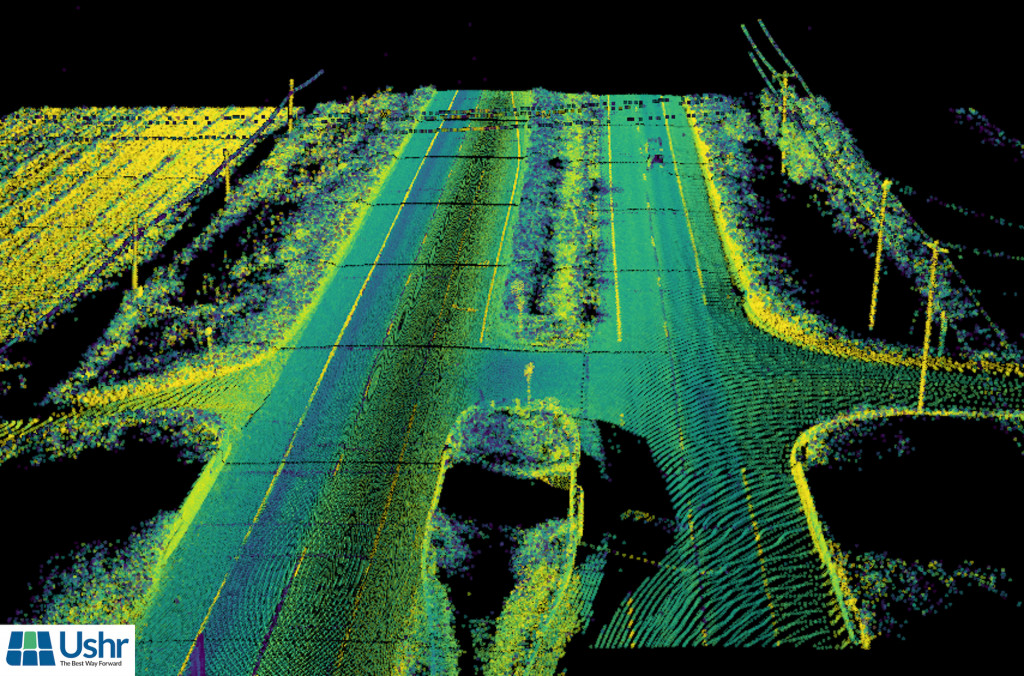General Motors on Wednesday revealed Ultra Cruise, a hands-free driver-assistance system that it says will cover 95% of driving scenarios and, effectively, all public paved roads in the U.S. and Canada—amounting to a potential rival to what Tesla has been enabling as Full Self-Driving beta.
Although Ultra Cruise is a Level 2 system and requires driver attention at all times, Ultra Cruise will be capable of operating on about tenfold the road miles compared to Super Cruise, which works on more than 200,000 miles of divided highway. GM said Ultra Cruise will operate on more than 2 million miles of road at launch in the U.S. and Canada. It sees the potential to expand the system to more than 3.4 million miles.
GM didn’t provide a lot of detail on how the system is able to make such a vast expansion of capability. However, it emphasized that Ultra Cruise will use technology developed in-house, with various sources of input data adding to Super Cruise’s map-based technology.
That technology includes learning systems—sounding a bit like those from Tesla—that “identify scenarios where Ultra Cruise needs upgrading, triggering data recordings in vehicles equipped with the service.” The company says those recordings will be “processed through GM’s back office data ecosystem for continuous improvement.”
Ultra Cruise will also include a new sensor set, including camera and radar sensors plus lidar, mounted just behind the windshield. Notably, Tesla CEO Elon Musk has said Teslas don't need lidar to operate autonomously.

GM Ultra Cruise
“We believe that the combination of different sensors, or sensor fusion, leads to the most robust hands-free driver-assist system for our customers,” said GM’s VP for global product development, Doug Parks, in a release.
With the sensor suite, Ultra Cruise will develop 360-degree, 3D representations of the environment surrounding the vehicle, with redundancies. The system will also use a new version of the steering-wheel light bar that made its debut with Super Cruise, and it will carry over the driver-attention camera used by Super Cruise.
In a background call prior to the announcement, GM executives noted that the system might essentially drive from an owners suburban street all the way to an urban show, for instance, but it might still ask for help with a particularly complex intersection.

Super Cruise LiDar mapped image
The Super Cruise and Ultra Cruise systems will coexist, GM emphasized, and it says that Super Cruise is coming to 22 vehicles by 2023—including the 2022 Chevy Bolt EUV. Ultra Cruise will be featured in premium models—like the upcoming Cadillac Lyriq, perhaps—and will likely be optional.
GM had also hinted that the upcoming Honda and Acura electric vehicles co-developed with GM might share Super Cruise technology. Executives didn’t comment about whether this might extend to Ultra Cruise.
A smartphone app will also take Ultra Cruise a step further, and include driver statistics and trip history.
GM may charge for the system on a monthly or yearly basis. GM called Ultra Cruise an “advanced Level 2 ADAS system with valuable subscription opportunities,” adding to the themes, at its investor event, in which the automaker envisions generating billions of revenue annually through recurring subscriptions aimed at “untapped revenue streams.”













